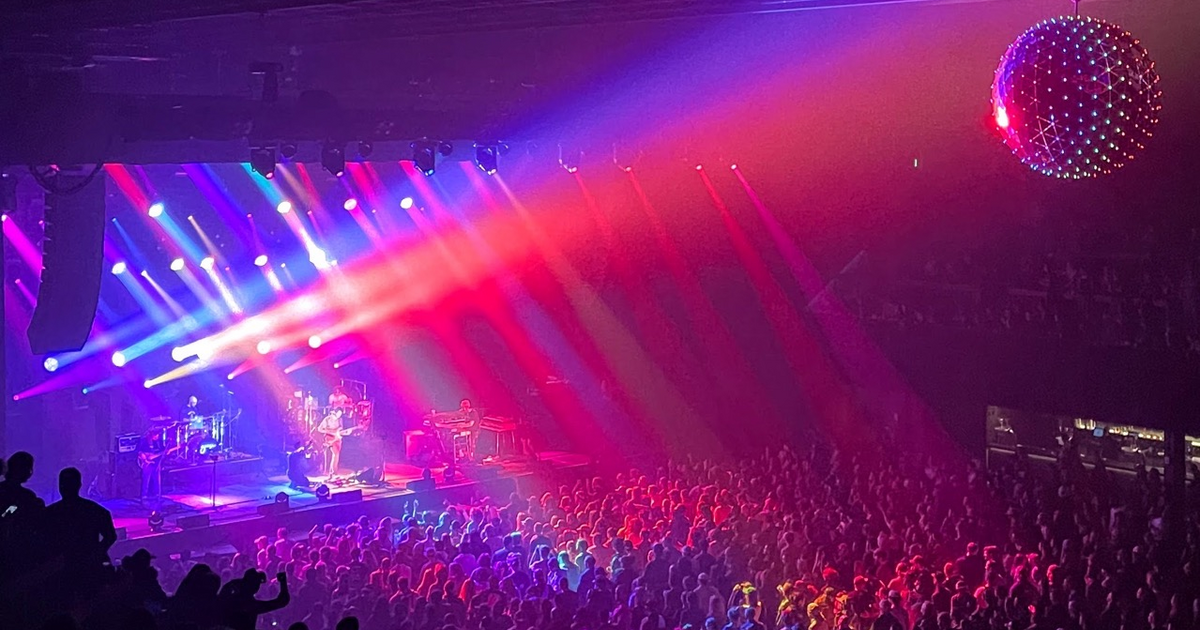Daily Inspiration: "Be the person that sees the opportunities that others cannot see!" - Futurist Jim Carroll
It's 1982.
And instead of naming a "Person of the Year," Time Magazine names "The Machine of the Year." It's a nod to the potentially revolutionary impact that personal computer technology might have on our future.
And it was right about that time that I committed myself fully to taking part, determined to build a career in this fascinating new world of technology. Within a year, I was subsumed into the online world, discovering via a modem what happens when global connectivity changes forever. I knew something big was happening, and wanted to be a part of it.
I could see something that others would not yet see for a decade or more.
Do you find yourself in that situation? Seeing trends that others can't see, a future to chase that others dare not chase, a new reality that has yet to move beyond the inconceivable for most other people?
Seeing unique opportunities for tomorrow means becoming a futurist for yourself, your purveyor of a different tomorrow, a unique individual who has a lens that distorts today's reality into something different the next day. It means doubling down on your belief in the opportunities that might unfold tomorrow, rather than chasing those that might exist only within today's limited reality.
Study any great invention, and you discover the people who see things differently - and who were dismissed at the time for the errors in their vision.
#Opportunities #Vision #Innovation #Future #Uniqueness #Inspiration #Inventors #Trends #Creativity #Leadership
Original post: https://jimcarroll.com/2024/09/daily-inspiration-being-unique-be-the-person-that-sees-the-opportunities-that-others-cannot-see/
